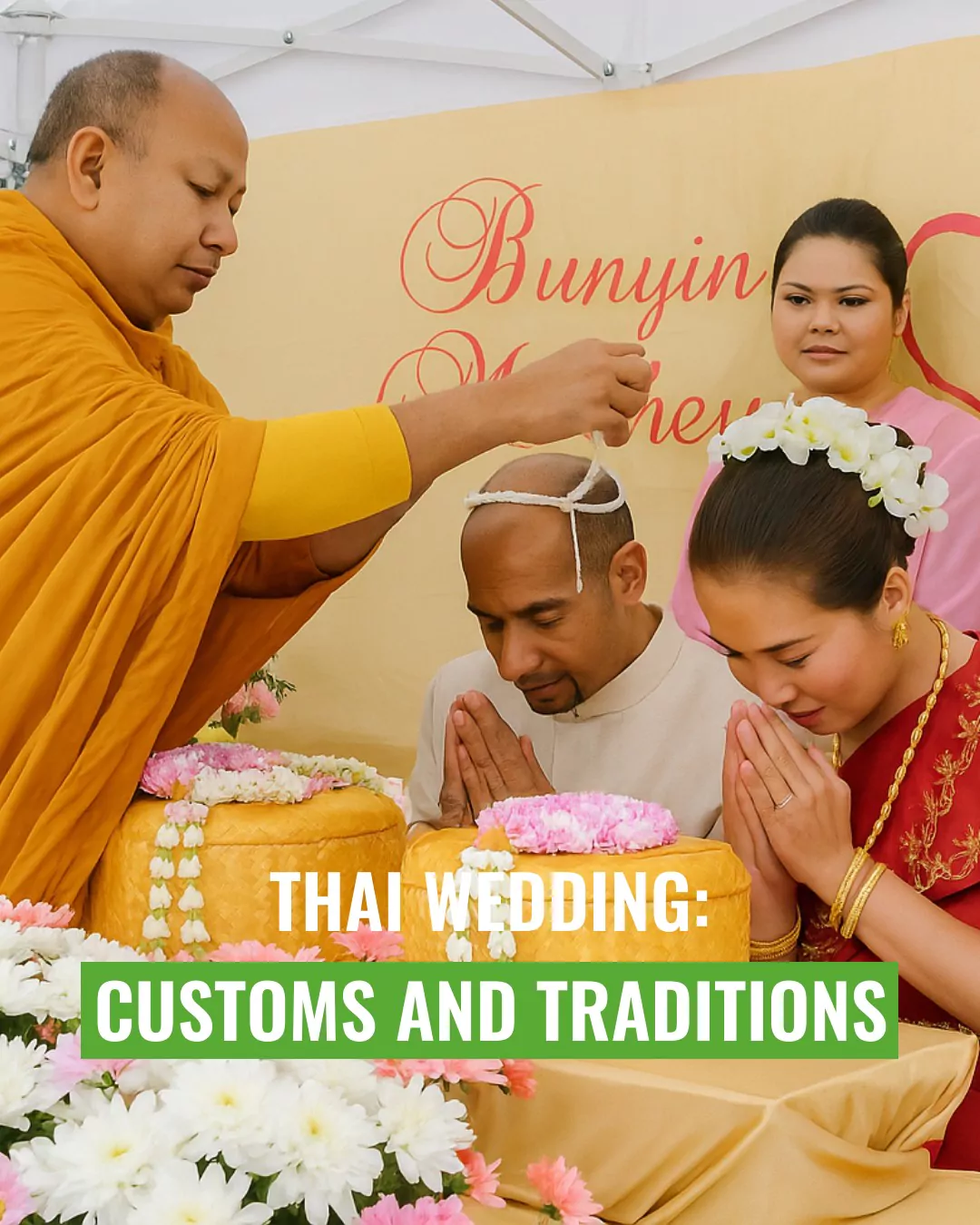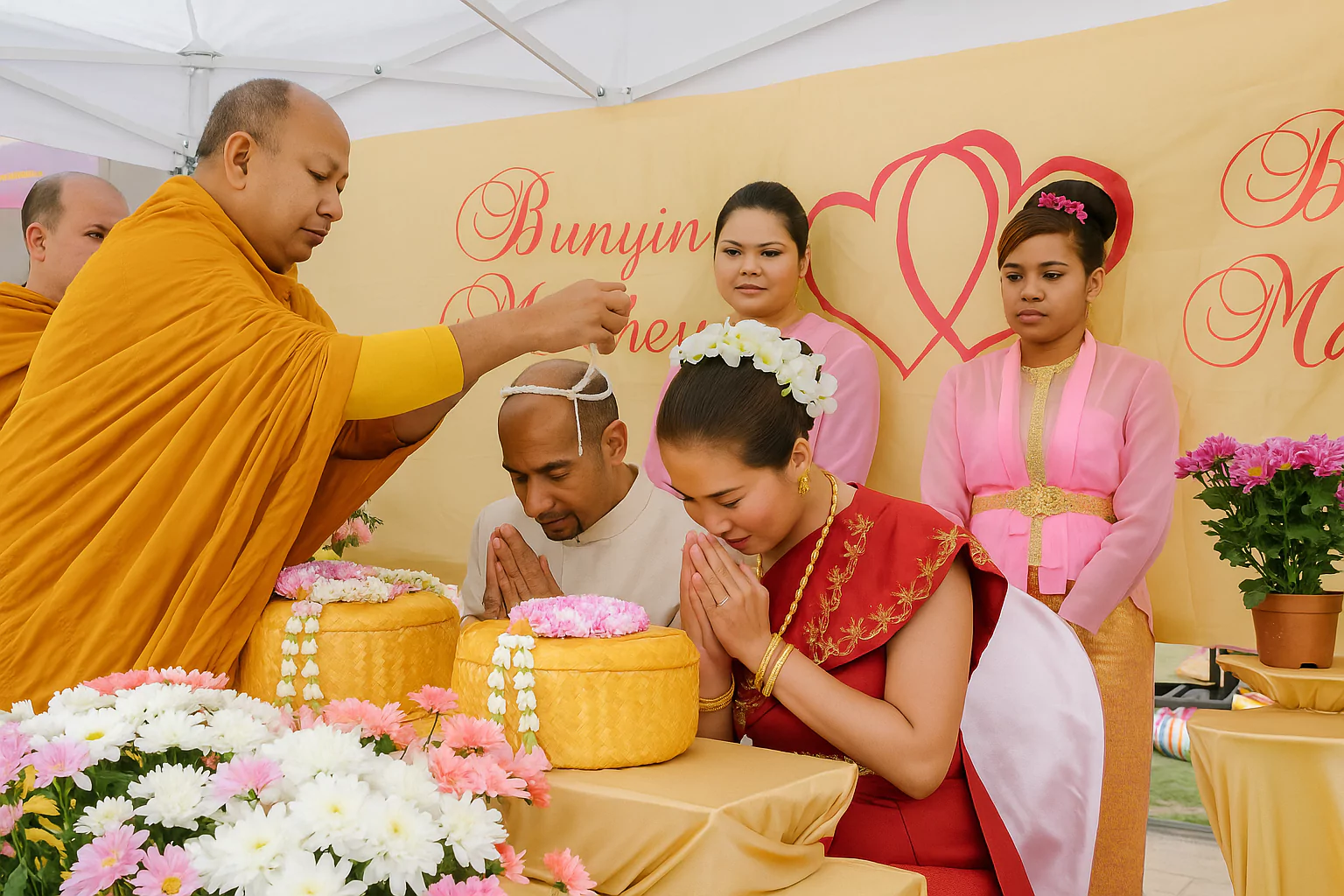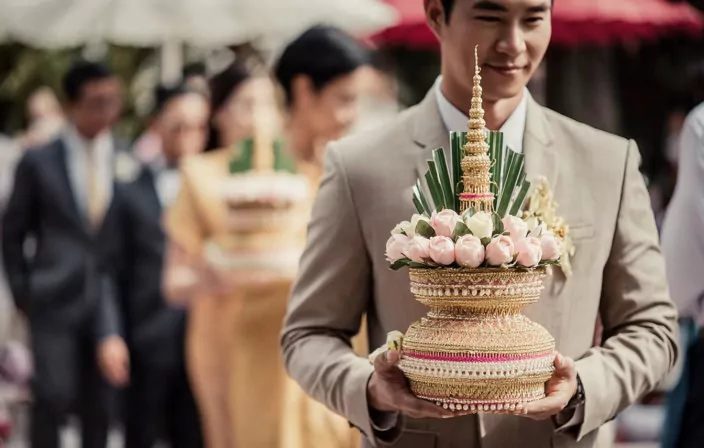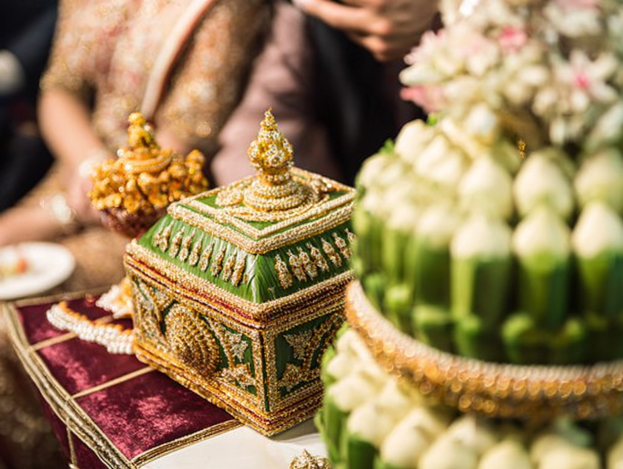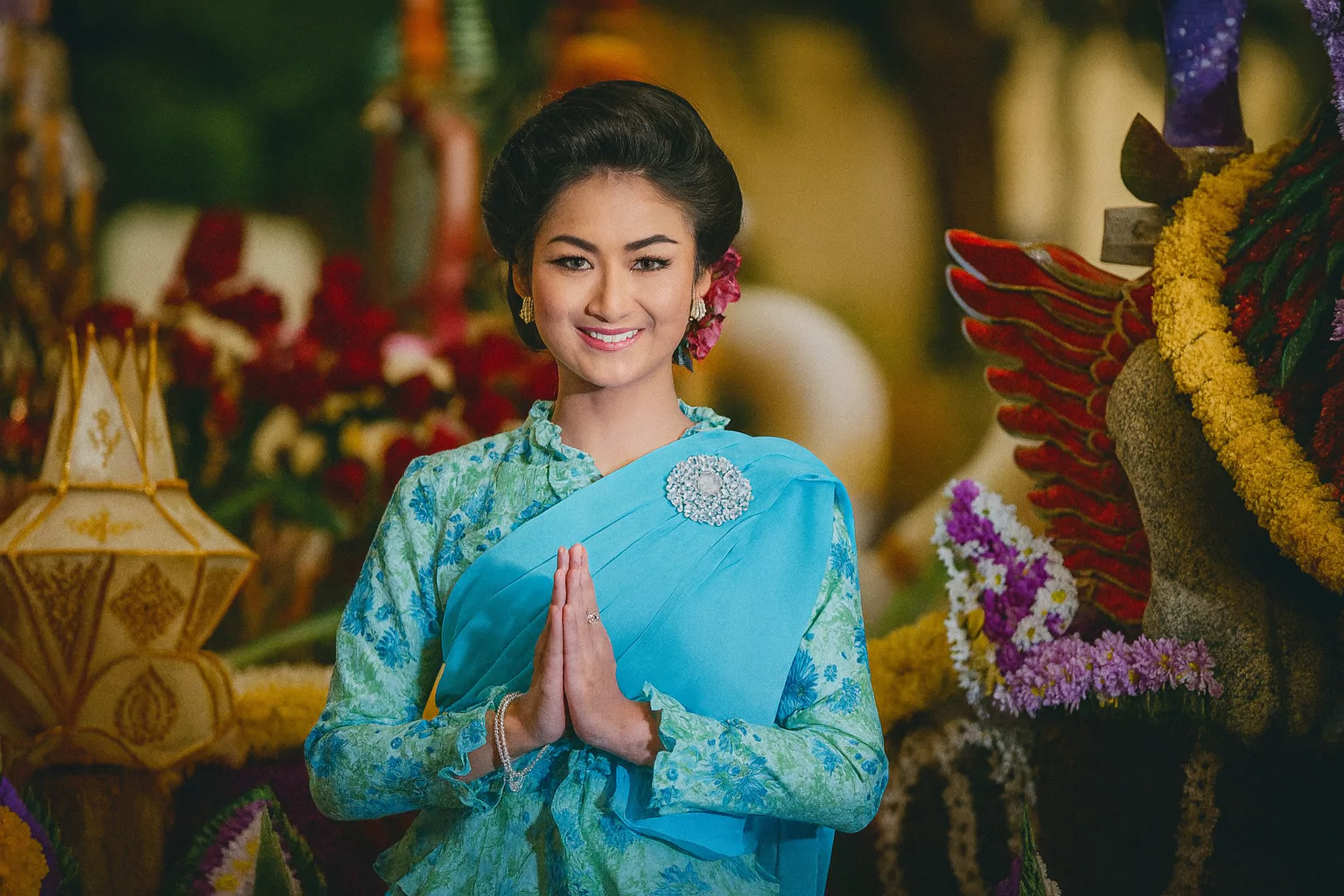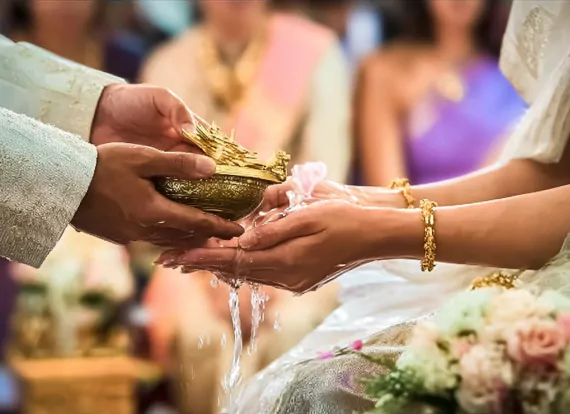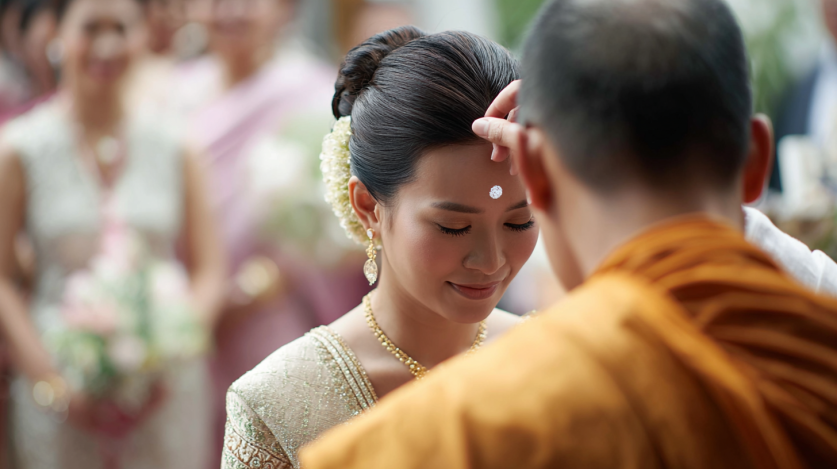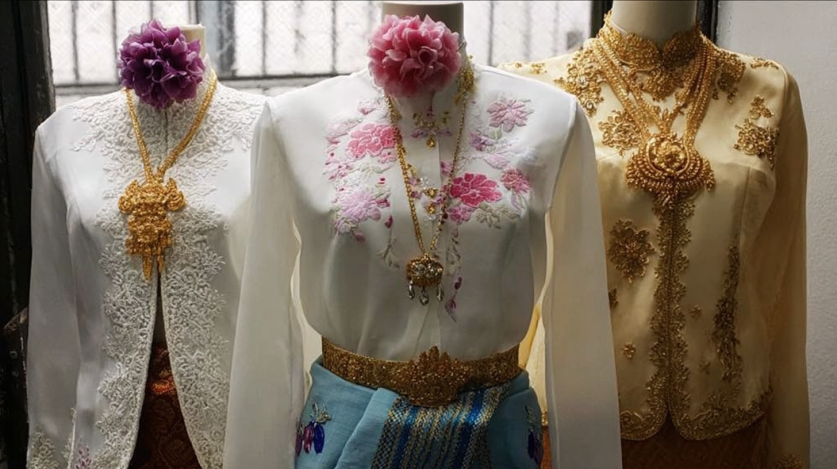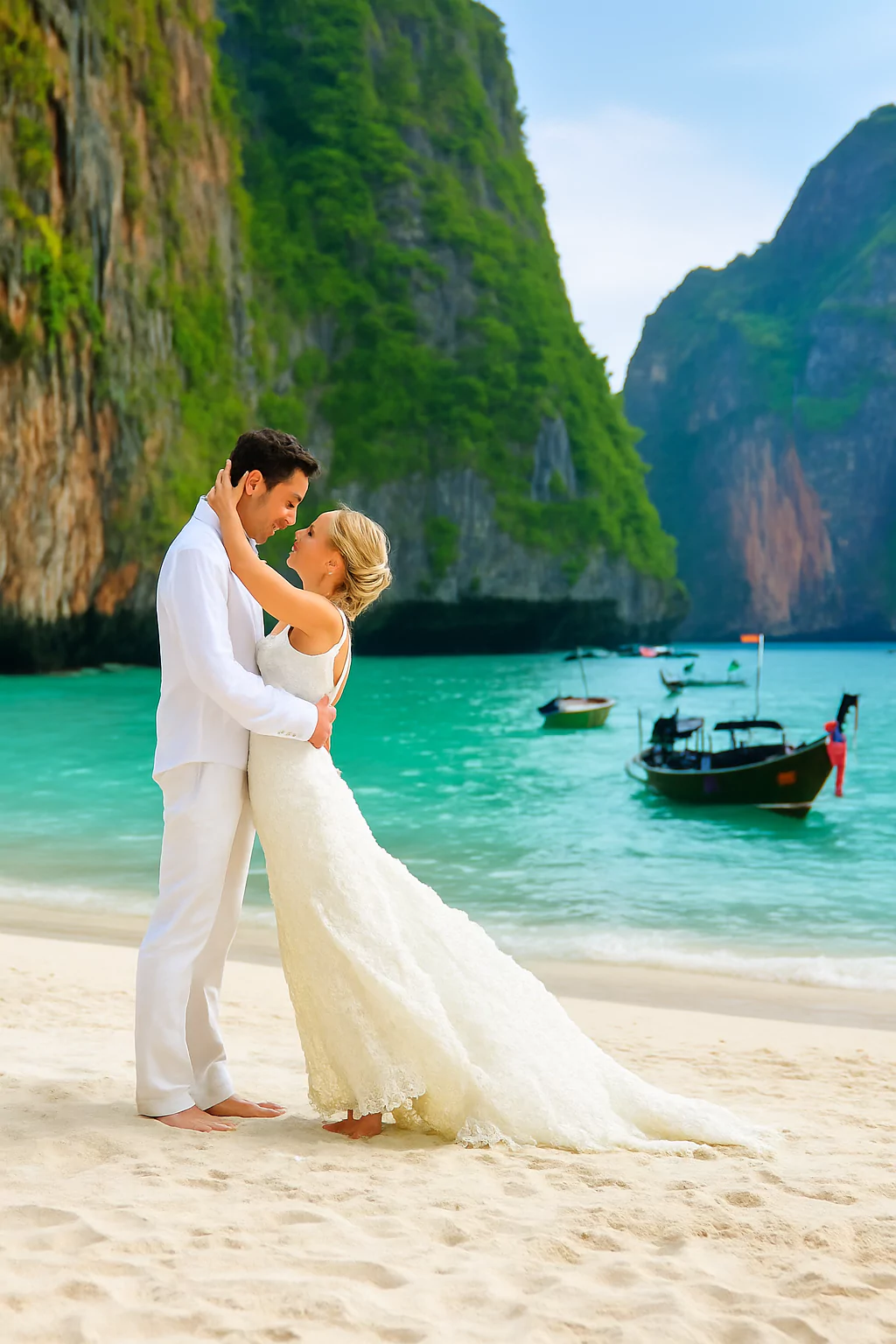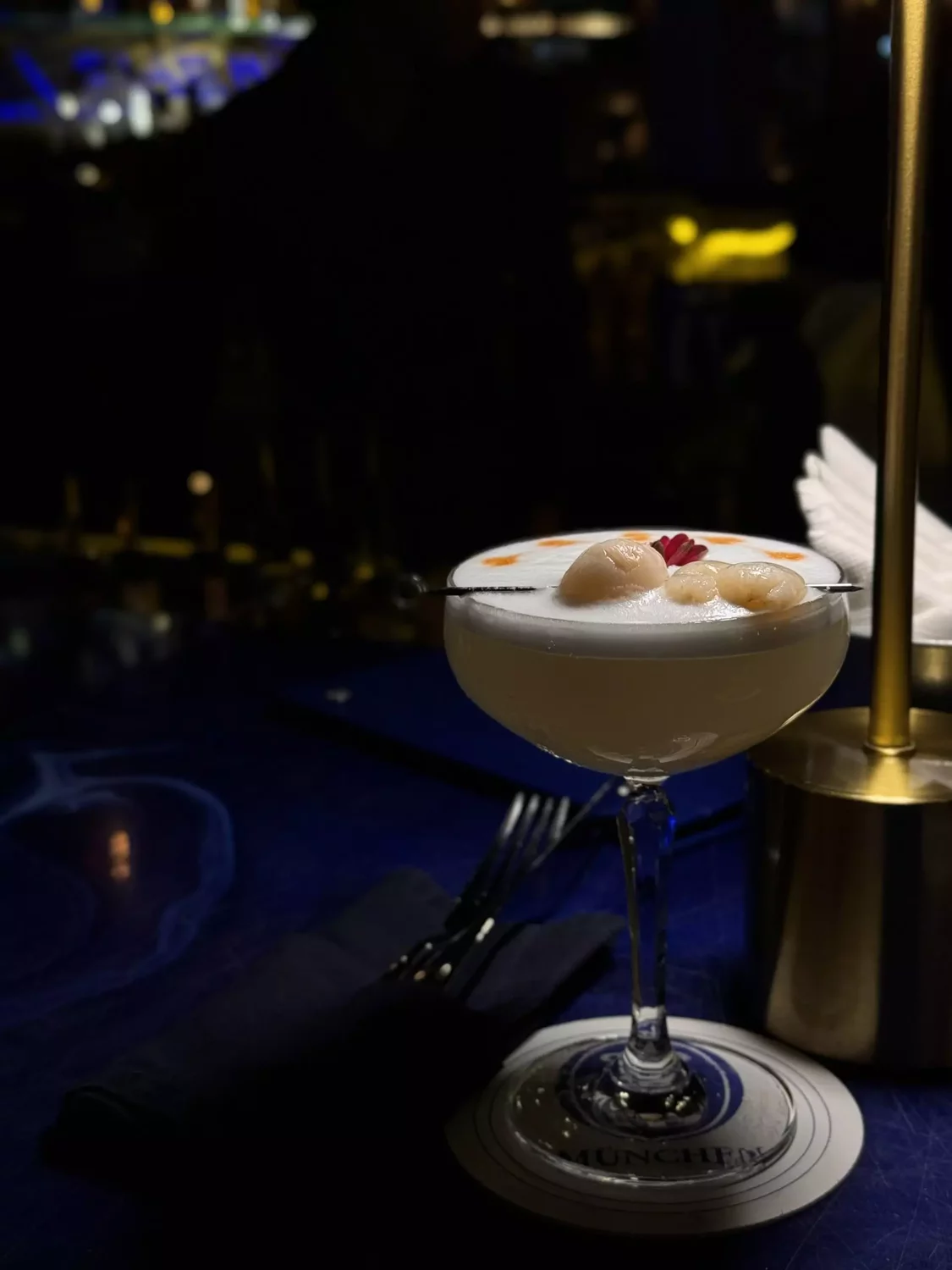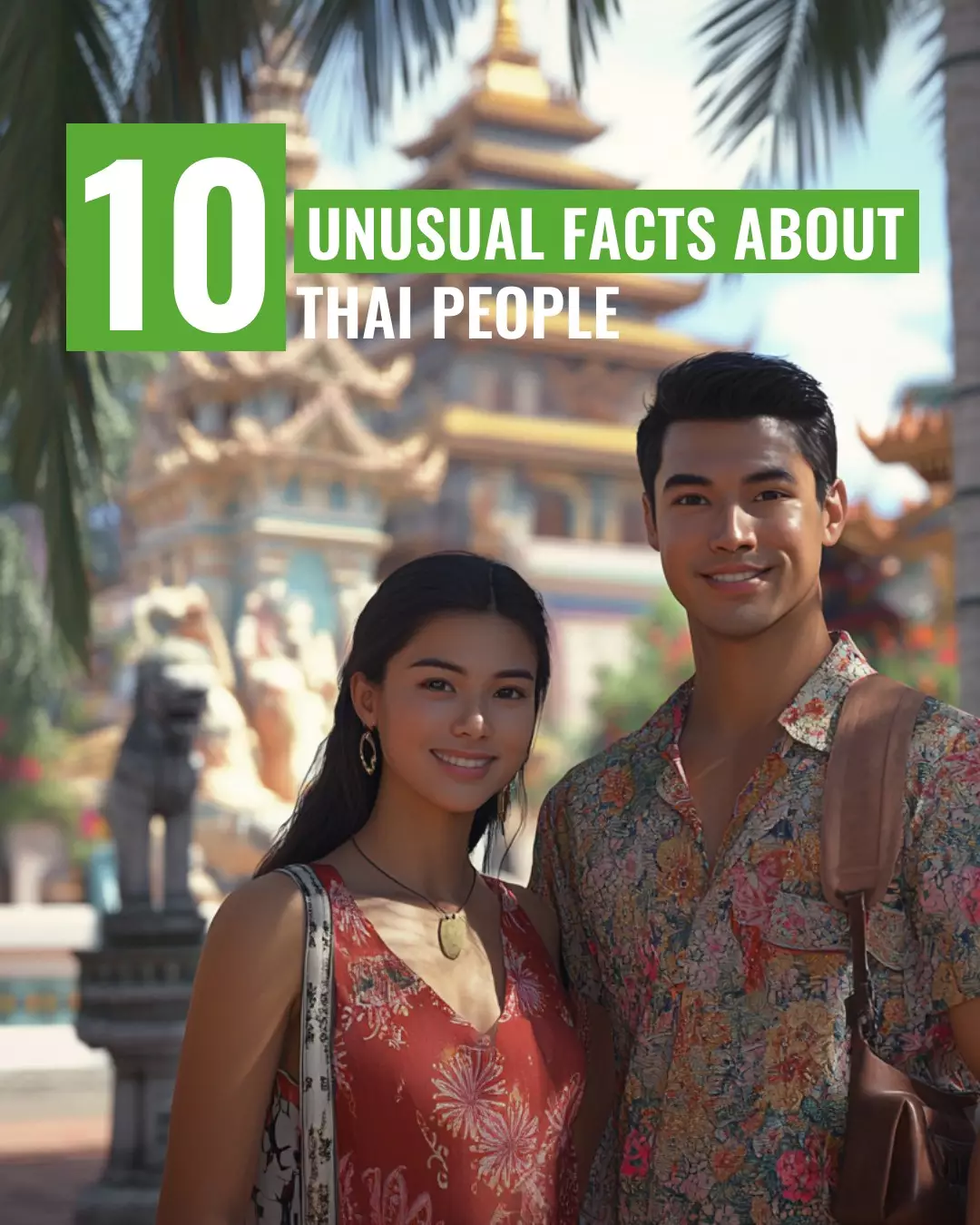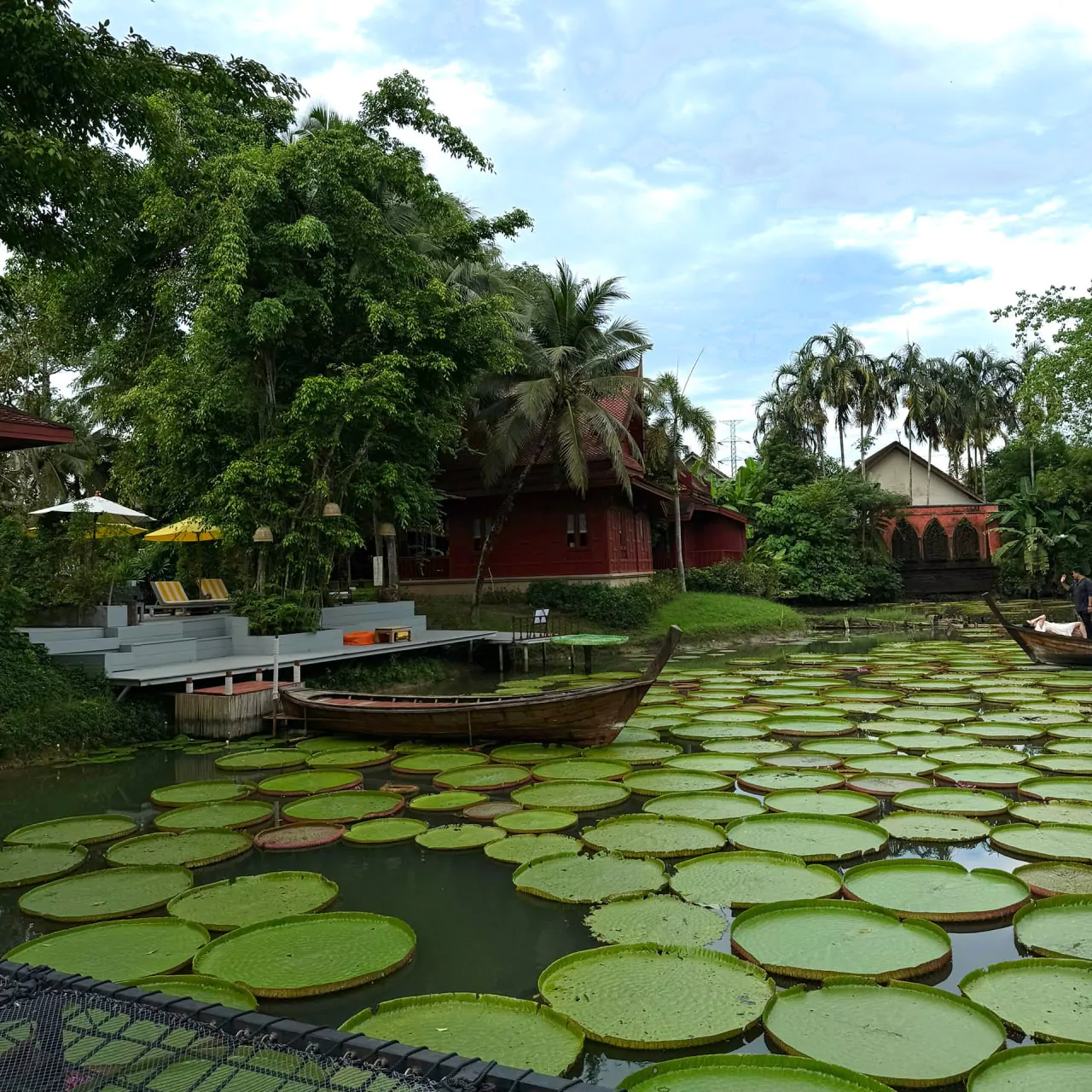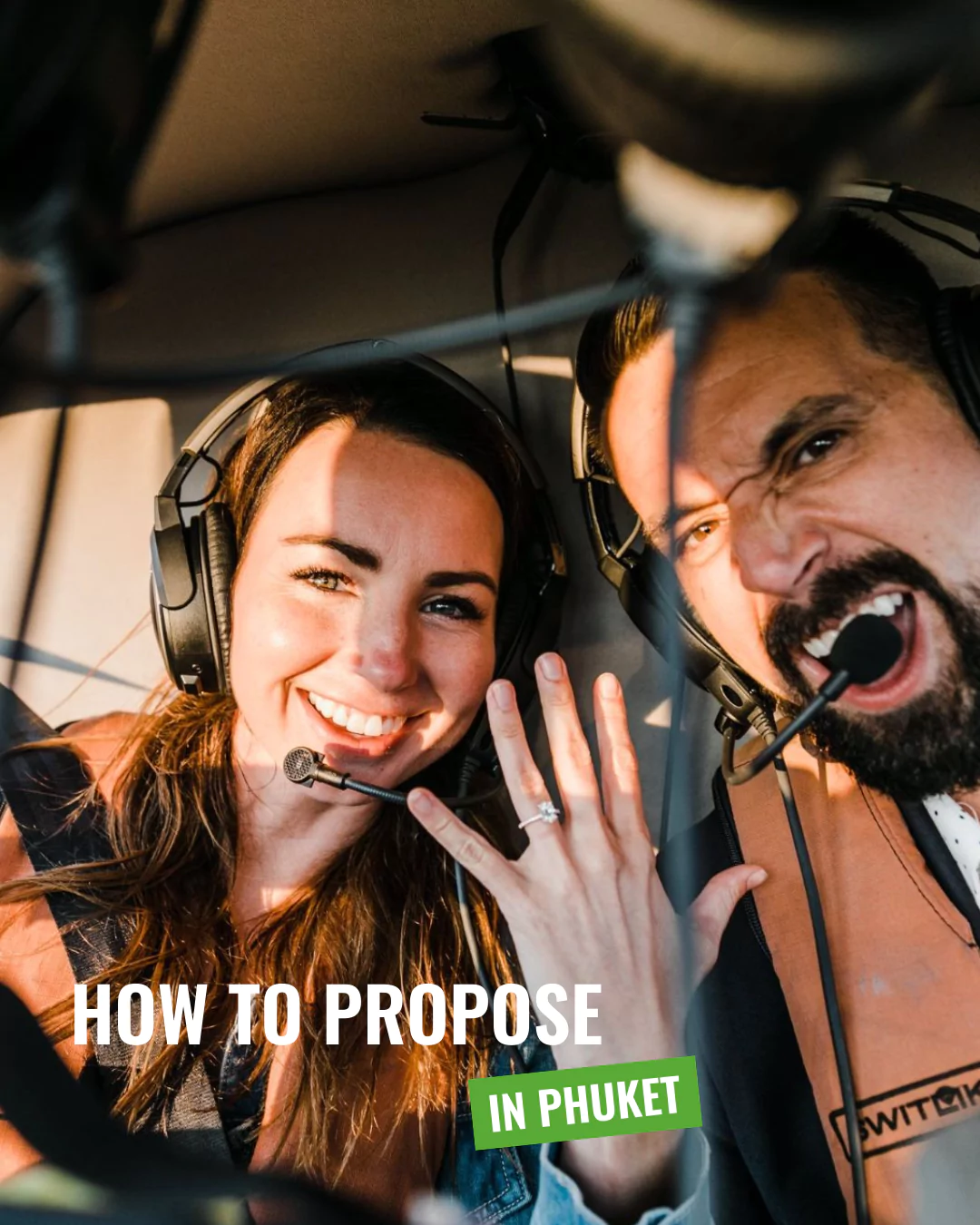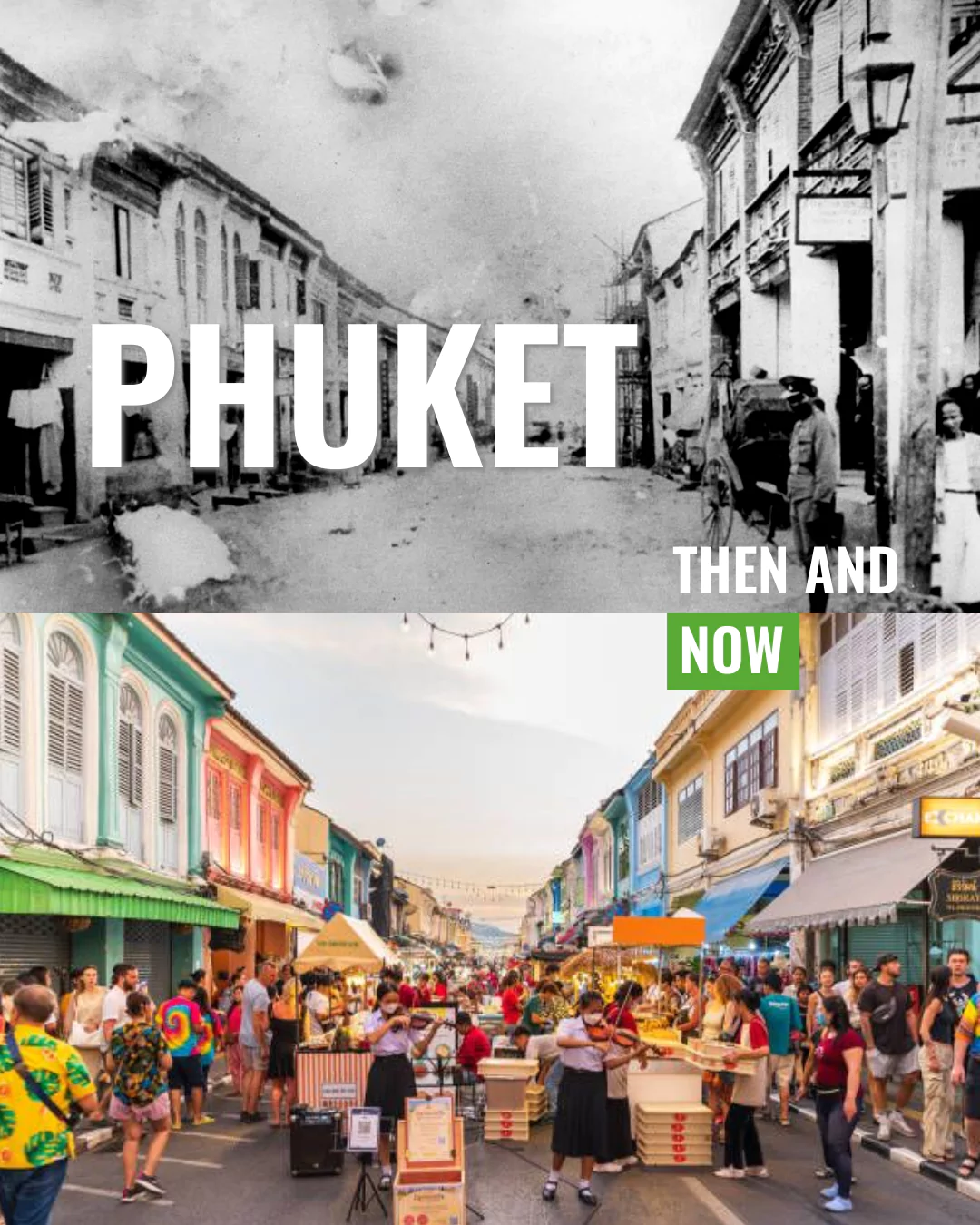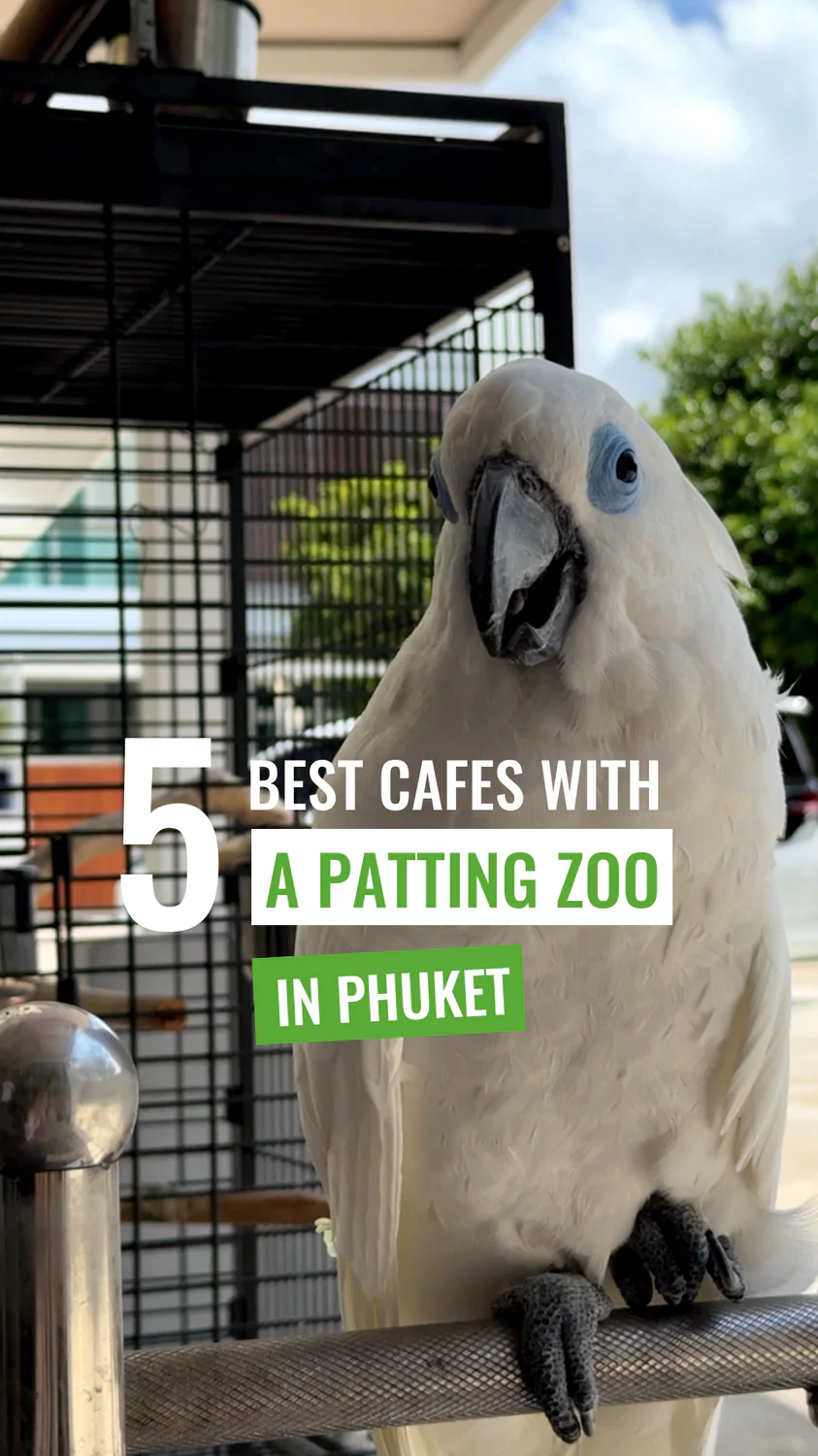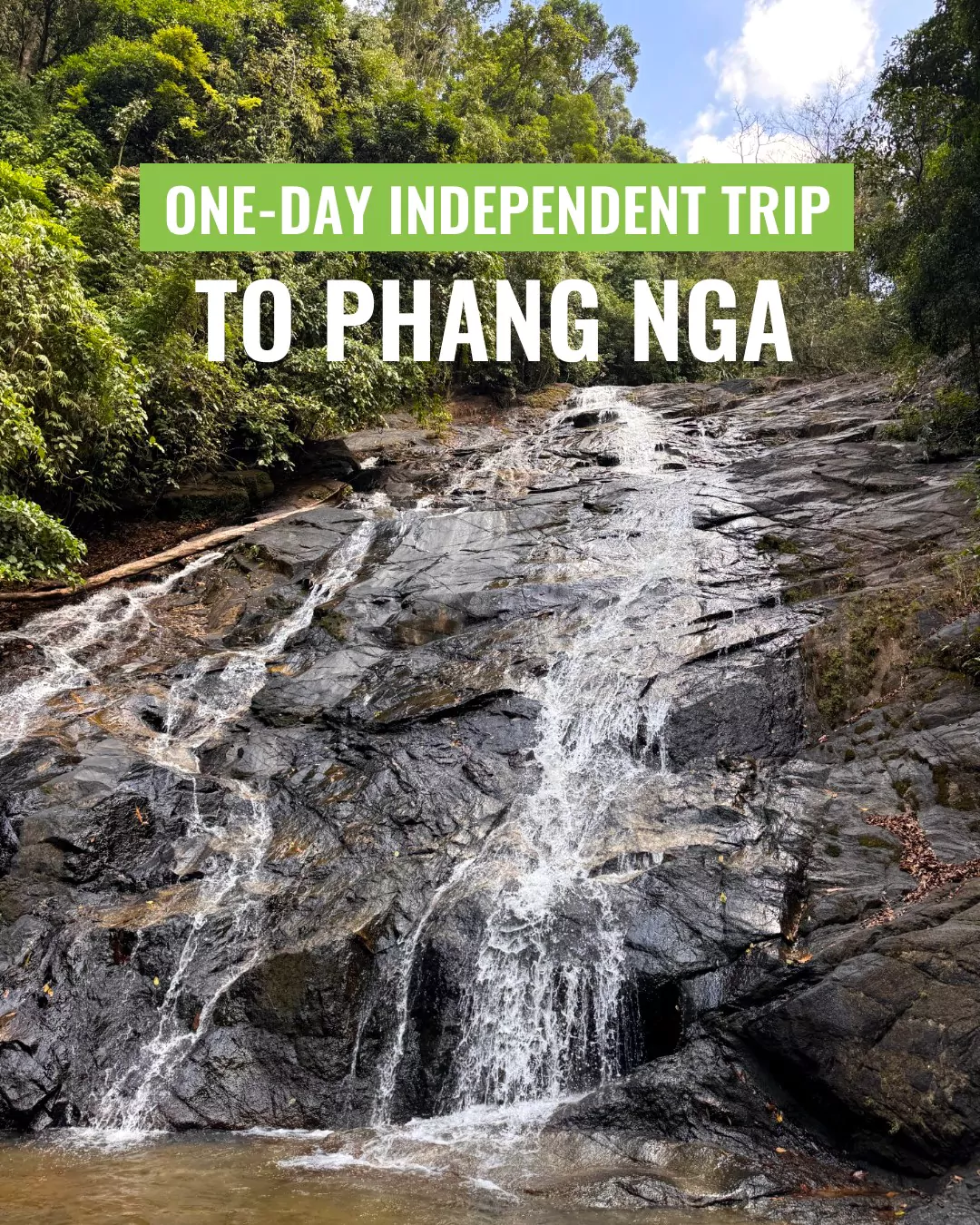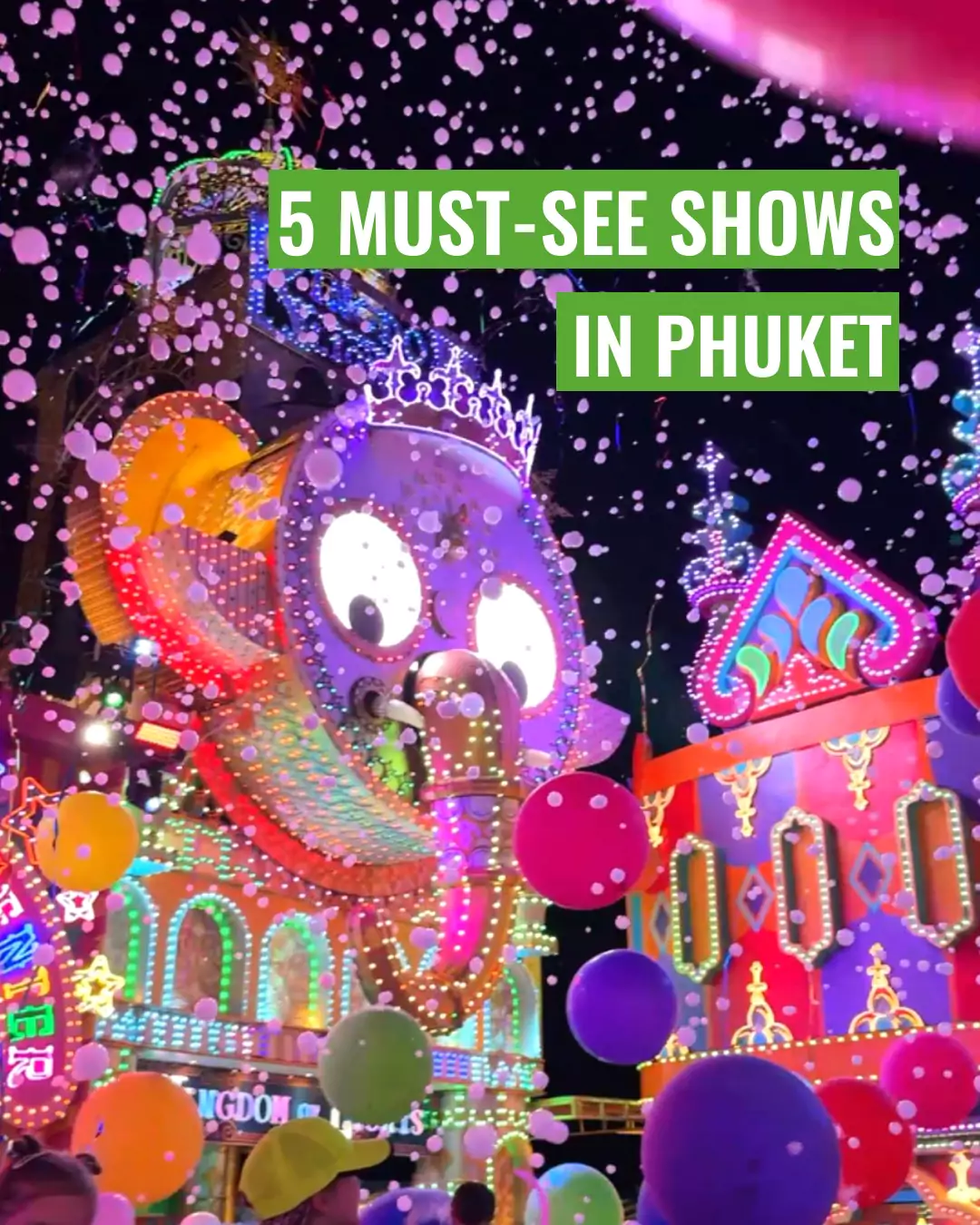Thai Wedding: Customs and Traditions
A Thai wedding is not just a ceremony — it is a deep immersion into a world of age-old traditions, symbols, and rituals passed down through generations. Customs may vary across different regions of the country, but one thing remains unchanged: in Thailand, the sacred rituals that unite two destinies are far more important than a stamp in the passport. Here, couples first marry according to tradition and only afterward register their union officially.
We’ll tell you what makes Thai weddings so special and how to celebrate your own ceremony on Phuket — an island where ancient traditions go hand in hand with the spirit of a tropical celebration.
Choosing the Date
In Thailand, the wedding date is a very important — even fateful — aspect. The bride and groom often consult monks or astrologers to select their “lucky day.” It is believed that the stars influence marital happiness, financial prosperity, and even the number of future children.
The number “9” is considered lucky and sacred in Thailand. Its pronunciation — “kao” — sounds similar to the word meaning “to move forward,” symbolizing progress and good fortune. That’s why many wedding rituals are connected with the number nine.
Morning Ritual: Blessing from the Monks
The bride and groom’s morning begins with a temple ceremony, where nine monks — an auspicious number — are invited. The newlyweds present offerings in baskets containing food and money. In return, the monks chant prayers and give their blessings for a long and happy married life, sprinkling the couple with holy water.
The senior monk blesses the wedding rings — a truly touching moment, as this is where the spiritual foundation of the future family is laid. It is believed that through this ritual, the couple receives invisible support that will accompany them throughout their lives.
Khan Maak Procession
After the morning rituals, the real celebration begins — the Khan Maak procession. The groom, together with his family and friends, sets off for the bride’s house accompanied by music, dancing, and drummers.
Participants carry fruits, rice, nine traditional desserts, and money. What we would call a “bride price” is known in Thailand as “sin sod.” Through this gesture, the groom shows his readiness to share his wealth, joy, and family support with his beloved. The timing of the procession is carefully planned to include auspicious nines.
Gate-Opening Ceremony
Reaching the bride is quite a quest: the procession must pass through symbolic “gates” made of chains or ribbons held by the bride’s female relatives and friends. Along the way, the groom faces playful challenges — he might be asked to solve riddles, sing a song, dance, or make monetary offerings. The closer he gets to his bride, the more generous his gifts become. Laughter and jokes fill the air, as Thais believe that a wedding must be full of sanuk — fun and joy.
Proposal and Presentation of the Dowry (Sin Sod)
The offering of the dowry — Sin sod — is a deeply symbolic and sacred moment. The groom’s family presents money, gold, jewelry, and gifts to the bride’s family. The purpose of this tradition is to express respect and gratitude to the parents for raising their daughter.
The groom’s parents make a formal proposal to the bride’s parents, who then inspect the dowry. Afterward, they sprinkle the dowry with rice and flowers as a sign of blessing.
Nowadays, the dowry is more of a symbolic tribute to tradition, and after the wedding, it is usually returned to the newlyweds to help them start their life together.
Engagement
This is a rather patriarchal tradition that has evolved with the rise of women’s rights. During the ceremony, the bride folds her hands together and bows, placing them on the groom’s knees or chest. The groom, as a sign of respect, also folds his hands, after which the couple exchange rings. With growing gender equality, this gesture has been replaced by the mutual “wai” — the traditional Thai greeting and sign of respect.
Rod Nam Sang Ceremony: Water Blessing
One of the most beautiful moments of a Thai wedding. Wearing sacred garlands, the couple kneels on a pedestal while guests take turns pouring holy water over their hands, offering blessings and presenting gifts. The couple also receives words of wisdom meant to help them build a long and happy life together.
Sacred Threads: Sai Mongkol
If it seems that there aren’t enough rituals at a Thai wedding, here’s another one. White cotton threads, blessed by a monk, are tied around the couple’s heads and wrists. These threads symbolize protection, purity, and a safeguard for the family against misfortune. The monk may also mark the couple’s foreheads with white powder — a symbol of good luck. After the monk, close relatives and honored guests tie threads around the couple’s wrists and whisper their personal wishes for happiness and prosperity.
Evening Reception
When all the rituals are over, the evening reception finally begins, and the bride and groom can simply enjoy the company of their family and friends. The evening banquet can take the form of an intimate family dinner or a grand celebration with dancing, games, and a master of ceremonies.
At the banquet, there are usually nine desserts symbolizing happiness and prosperity. All of them include the word “thong,” which means “gold.”
Many European traditions have also found their way to Thailand: the evening banquet often includes cake cutting, the couple’s first dance, and various games led by the host — in short, a fairly standard celebration.
Wedding Attire in Thailand
Naturally, the bride’s attire plays a special role in the wedding. For the ceremonies and rituals, she wears a traditional silk outfit adorned with gold embroidery and jewelry.
A Thai wedding outfit can be of any color except black. This color is strictly forbidden at weddings, as it is believed to attract misfortune.
For the banquet, the bride often changes into a modern white dress — a kind of tribute to Western fashion. The groom may choose either a classic suit or traditional attire consisting of silk trousers and a shirt.
If you’re lucky enough to receive an invitation to a Thai wedding, be prepared to have more than one outfit. For temple ceremonies, dress modestly — shoulders and knees must be covered. You can read more about proper behavior in Buddhist temples in the article “Etiquette in Buddhist Temples”. In the evening, however, at the formal reception, you can wear your most dazzling attire.
How Can Foreigners Get Married in Thailand?
Even better news — foreigners can legally get married in Thailand, with all the formalities, and without needing a long-term visa! Here’s a step-by-step guide:
- Visit Your Embassy. At your country’s embassy or consulate in Thailand, you’ll need to fill out an Affidavit of Freedom to Marry — a document stating that you are single and free to marry. This document is then translated into Thai and taken to the Thai Ministry of Foreign Affairs, where it will be stamped to certify the translation’s authenticity.
- Certify the Documents. Your passport, proof of residence, and the translated affidavit must be submitted to the Legalization Division of the Consular Department to be signed and certified by an official.
- Visit the District Office (Amphur). With all your documents ready, go to the local Amphur (Thai registry office). If either partner has been married before, bring the divorce certificate or death certificate of the former spouse. Using a translator, the officials will ask a few questions, register your marriage, and issue the marriage certificate. Congratulations!
- Translate the Documents. To make your marriage valid in your home country, the marriage certificate must be translated into English and certified by the Ministry of Foreign Affairs. Then, it should be translated into your national language and certified at your country’s embassy. Now your marriage is fully official!
You can celebrate your wedding with all the traditional rituals at one of Phuket’s hotels — look for them in the selections Luxury Hotels or Hotels with the Best Views. If you’re planning an intimate celebration, you can choose a restaurant — for example, from the lists Best Restaurants, Panoramic, or Romantic.
If you’ve been invited to a Thai wedding — consider yourself very lucky! Witnessing these traditions and becoming part of them is a truly priceless experience.

